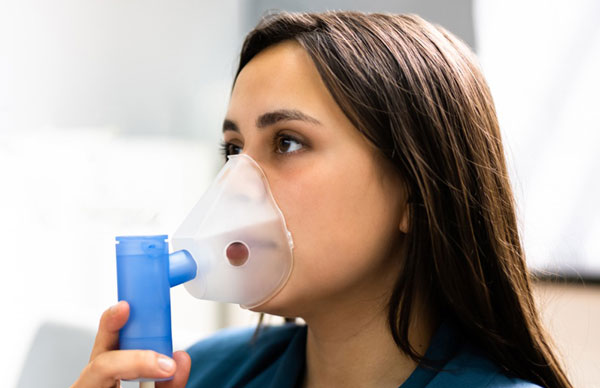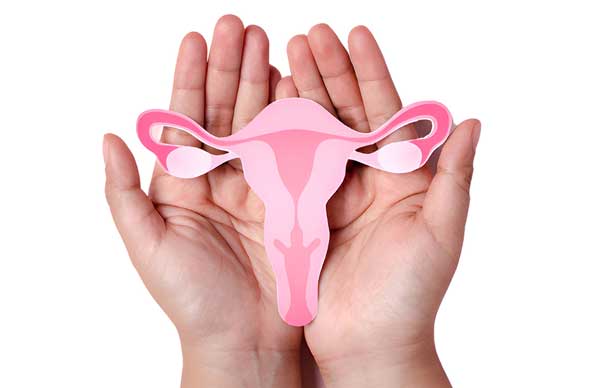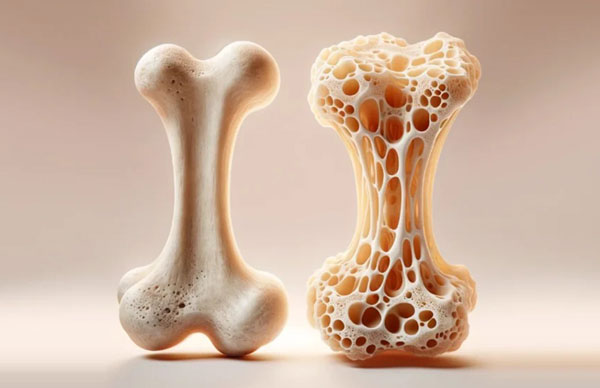Back to Basics: Understanding Spine Surgery Options
Back pain is one of the most common reasons why people visit doctors. Back pain can occur due to various reasons such as an injured disc, compressed nerves etc. and it can be treated in several ways as well. Medicines & physiotherapy are the primary ways of dealing with it, however, sometimes surgeries are needed to resolve the problem. In this blog, we will explain the common spine surgeries and everything related to it. Read the blog to know everything about the topic and connect with Neotia Getwel Multispecialty Hospital for the best medical assistance, tests and 24*7 emergency care.
1. What are the common spine surgeries?
a. Lumbar Decompression Surgery for Spinal Stenosis: Lumbar decompression surgery, also popularly known as lumbar laminectomy. Doctors prescribe this surgery to correct the narrowing of the spinal canal which is also called spinal stenosis. The surgeon will remove all or part of the lamina which is pressing against the spine and causing excruciating pain.
b. Lumbar Discectomy: A lumbar discectomy is a type of spine surgery performed on a patient who has a damaged disc in their lower back. Open spine surgery and minimally invasive arthroscopic discectomy are the two types of lumbar discectomy procedures. The more popular treatment for a lumbar herniated disc is open spine surgery.
c. Herniated Disc Surgery: In case of herniated disc surgery the surgeon will remove part or all of the injured disc. To relieve the disc pain completely, the doctor may remove the disc entirely and allow the two neighbouring vertebrae to fuse. However, it is important to mention that this surgery may permanently impair your ability to move that particular portion of your back, so you and your doctor must carefully consider your options. It is also important to mention that medical science has made huge progress and as compared to earlier times, spinal fusion surgery is far safer and less dangerous.
d. Spinal Fusion Surgery: During a spinal fusion, the surgeon connects two adjacent vertebrae to avoid pain caused by their movement against each other. The surgeon uses small screws and rods to connect the vertebrae. This helps them to heal & fuse. Sometimes, doctors also take a small bone graft from another part of your body to help the vertebrae to fuse.
Post-operation recovery process:
Obviously after the operation, the hospital keeps the patient under observation for a while. Here are some tips for post-operation care.
- Plan to rest for the first 24-48 hours following discharge from the hospital.
- Avoid excessive bending, twisting, pushing, pulling, or lifting more than 5 pounds.
- Avoid sitting or standing for more than 30 minutes at a time for the first two weeks.
- Take the medicines religiously for a faster recovery and follow the diet given by the doctor (if any)
The symptoms one should be worried about:
Well, some symptoms need urgent medical support. The symptoms are Bleeding, drainage, redness or swelling from your incision area.
- Feelings of flu-like symptoms (e.g., nausea, general body aches, or temperature over 100 degrees for longer than 24 hours).
- Severe headache associated with vomiting or light sensitivity.
- Any change in sensation of your arms, hands, legs or feet (e.g., increase in numbness, tingling, or pain).
- Any loss of bladder or bowel control.
- Frequent need to urinate small amounts of urine or feeling of bladder distention.
- If you experience pain, swelling, and/or redness behind your knees or calves, go to your nearest emergency department as these can be symptoms of a blood clot in your legs.
2. What are the lifestyle changes needed for spine health?
A few lifestyle changes can help in maintaining a healthy spine. The lifestyle changes are
a. Maintaining a healthy weight: When an individual gains weight it puts more stress on your back muscles and spine & starts damaging it. However, maintaining a healthy weight helps in managing a healthy spine. For that, eat healthy, exercise regularly, get plenty of sleep, and work on managing stress.
b. Make excellent posture a habit: Poor posture can result in back pain, spinal dysfunction, joint degeneration, rounded shoulders and a pot-belly. So, maintain the right posture, always. Additionally, if you are forced to sit for hours due to your profession, take breaks regularly. A 5-minute walk can save your spine.
c. Learn to lift correctly: Do you love to lift weights or is it your necessity? Whatever the reason is, always do it correctly. Wrong ways of lifting weights can cause back pain or muscle injury.
d. Quit smoking: Smoking damages your blood vessels and restricts the flow of blood to the bones and tissues in your back leaving them more vulnerable to injury — not to mention it’s associated with a plethora of poor health outcomes.
Some common FAQs:
When should I visit a doctor for back pain?
If you have back pain for several weeks and you are also feeling numbness and tingling in the area, you need medical help. Connect with Neotia Getwel Multispecialty Hospital for the best medical assistance and 24*7 emergency care.
Is spine surgery risky?
Well, most of the time doctors prefer minimally invasive spine surgery and it has no risk associated with it. However, ask your doctor about the risk factors directly.
Does a muscle injury need surgery?
Well, it depends on the injury level and only a doctor can confirm it. We would like to inform you that complete muscle injuries can lead to significant functional impairment and lost playing time and may require surgical repair.
How many days take to recover from spine surgery?
It takes at least 3 to 4 months after surgery for bones to heal well, and healing may continue for at least a year depending on the kind of surgery, body type etc. However, from 4 to 6 weeks after the surgery the patient can walk independently or at least try to walk. However, they should walk for a long or should not stand for a long.
Final words: Spine surgeries are very common now. Do not get afraid if your doctor has suggested one. Have a clear chat with your doctor about the risk factors and other factors and follow the guidelines strictly.
Disclaimer
Though all attempts are made to provide correct information on the subject, inadvertent & typographical errors arising out of manual intervention cannot be ruled out. It is requested to bring any such discrepancies to the notice of the blogger for correction.













